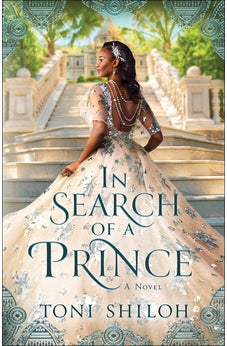Teaching English For Reconciliation: Pursuing Peace through Transformed Relationships in Language Learning and Teaching
3 Great Reasons to Buy from Us:
How can an English class become a transformative space for both teachers and learners? When the teacher intentionally uses strategies and builds skills for peacebuilding and reconciliation, the classroom can be a place where relationships and communication transform people. This text encourages those engaged in the teaching of English as a second or foreign language to first consider why we might strive to teach English for reconciliation, and then addresses the contexts, individuals, and resources which are involved.ReviewDormer and Woelk's well-informed, yet highly readable and practical book is an excellent introduction for any language teacher who wishes to help language learners discover how to interact more harmoniously with people from other groups and cultures, and even themselves become peacebuilders and agents of reconciliation. For Christians this book is particularly valuable as a guide to how the Christian peacemaking mandate can be incarnated and lived out in English language classrooms. Don SnowPhD Language and Culture Center, Duke Kunshan UniversityAbout the AuthorJan Edwards Dormer teaches TESOL in the Graduate Program in Education at Messiah College, in Pennsylvania. She holds a BA in elementary education, an MA in TESOL, and a Doctorate in TESOL Curriculum and Instruction. She has lived and taught in the U.S., Canada, Brazil, Indonesia and Kenya. Cheryl Woelk is a language instructor and peace educator, teaching and consulting in multicultural settings. She holds a BA in English, an MA in Education, and certificates in TESOL and Conflict Transformation. With roots in Saskatchewan, Canada, she teaches and coordinates the Language for Peace project from Seoul, South Korea.
How can an English class become a transformative space for both teachers and learners? When the teacher intentionally uses strategies and builds skills for peacebuilding and reconciliation, the classroom can be a place where relationships and communication transform people. This text encourages those engaged in the teaching of English as a second or foreign language to first consider why we might strive to teach English for reconciliation, and then addresses the contexts, individuals, and resources which are involved.ReviewDormer and Woelk's well-informed, yet highly readable and practical book is an excellent introduction for any language teacher who wishes to help language learners discover how to interact more harmoniously with people from other groups and cultures, and even themselves become peacebuilders and agents of reconciliation. For Christians this book is particularly valuable as a guide to how the Christian peacemaking mandate can be incarnated and lived out in English language classrooms. Don SnowPhD Language and Culture Center, Duke Kunshan UniversityAbout the AuthorJan Edwards Dormer teaches TESOL in the Graduate Program in Education at Messiah College, in Pennsylvania. She holds a BA in elementary education, an MA in TESOL, and a Doctorate in TESOL Curriculum and Instruction. She has lived and taught in the U.S., Canada, Brazil, Indonesia and Kenya. Cheryl Woelk is a language instructor and peace educator, teaching and consulting in multicultural settings. She holds a BA in English, an MA in Education, and certificates in TESOL and Conflict Transformation. With roots in Saskatchewan, Canada, she teaches and coordinates the Language for Peace project from Seoul, South Korea.



































